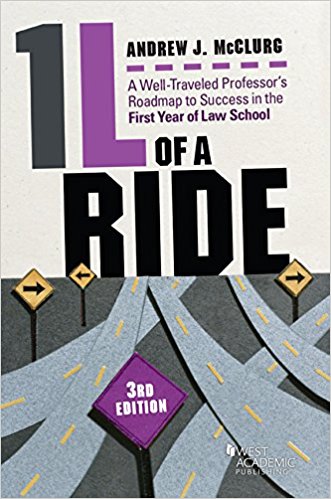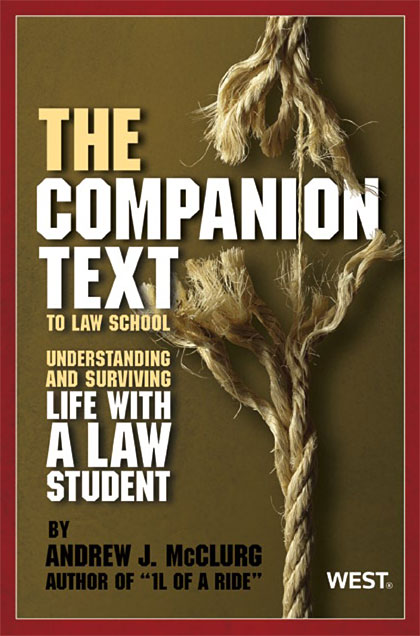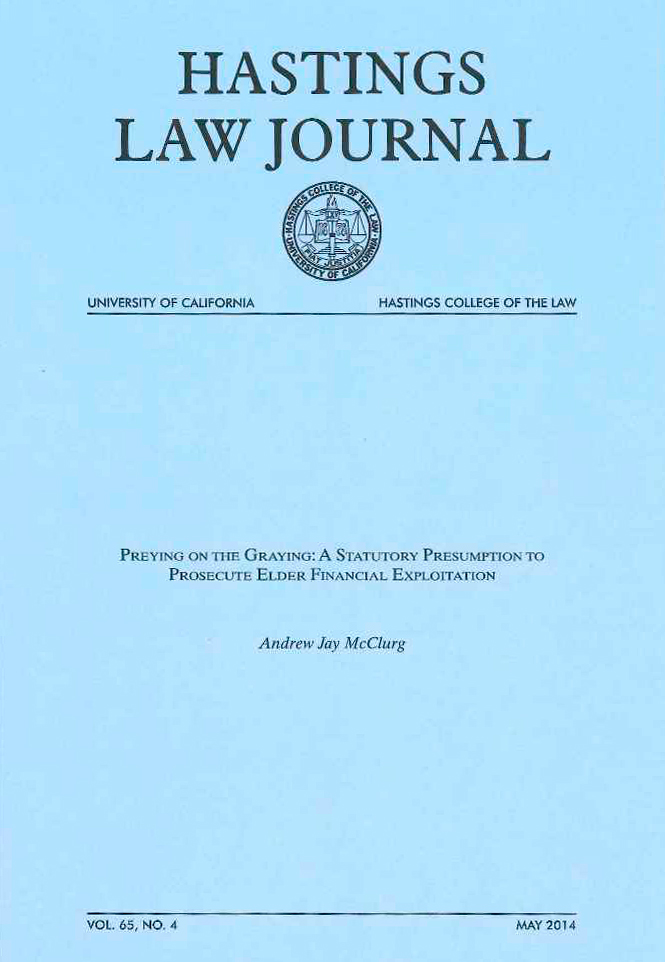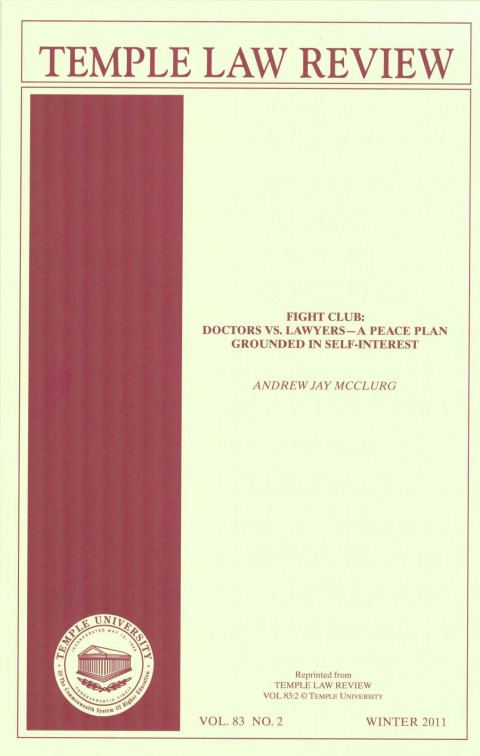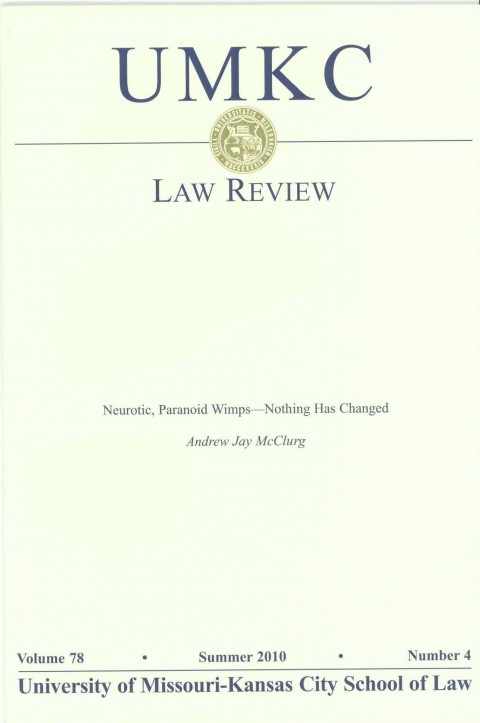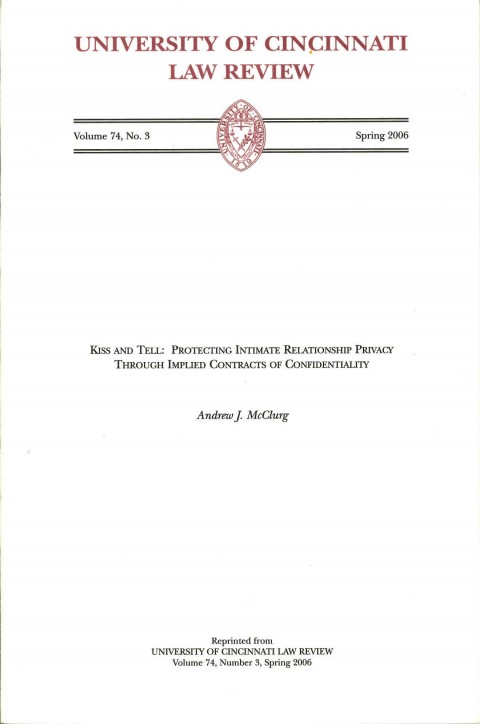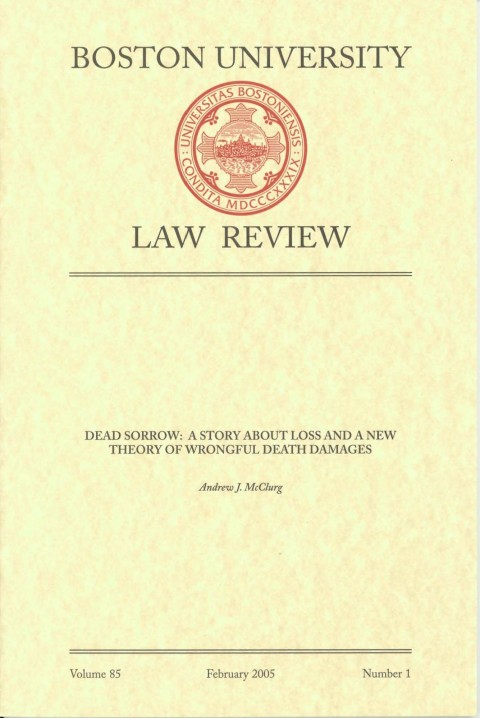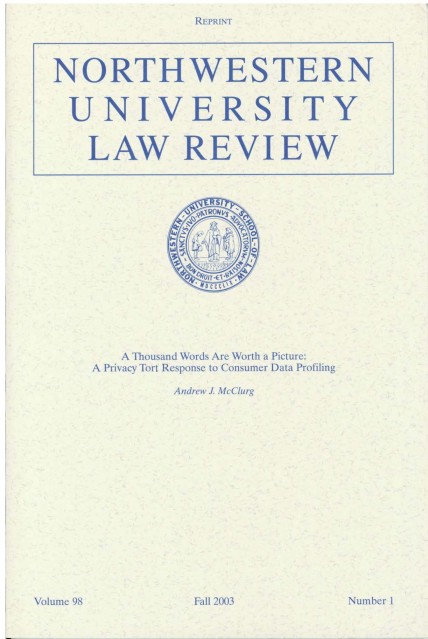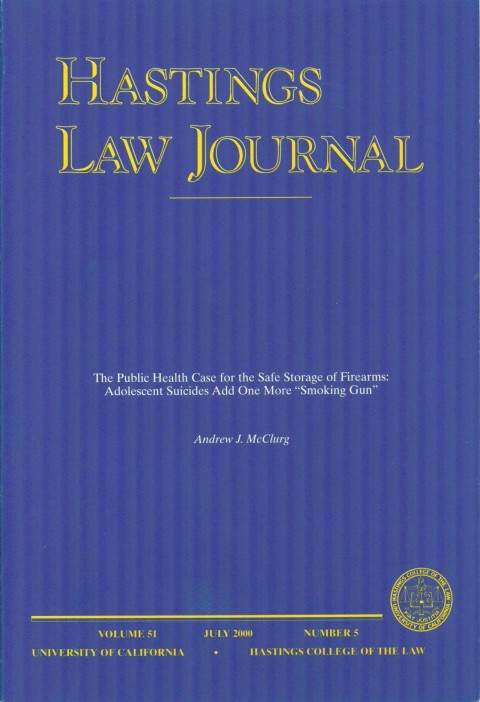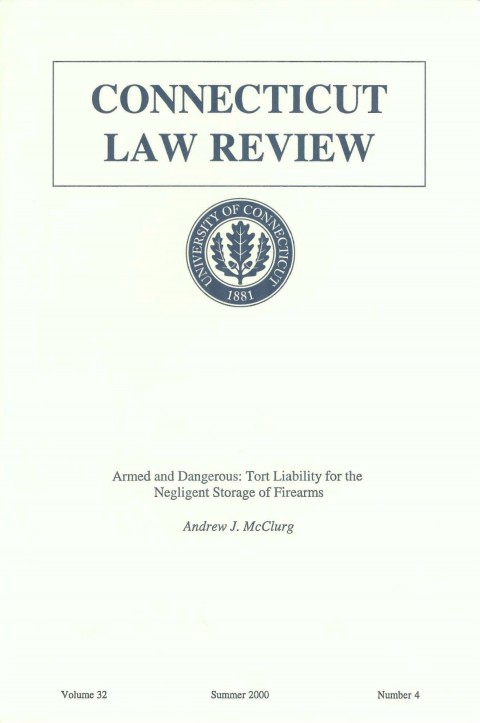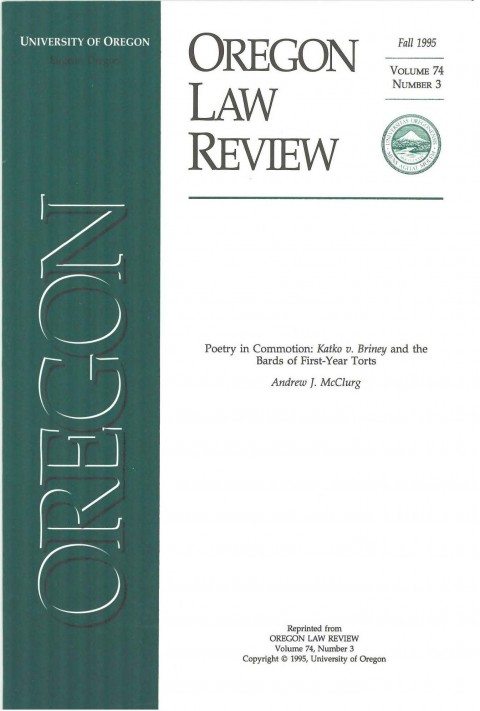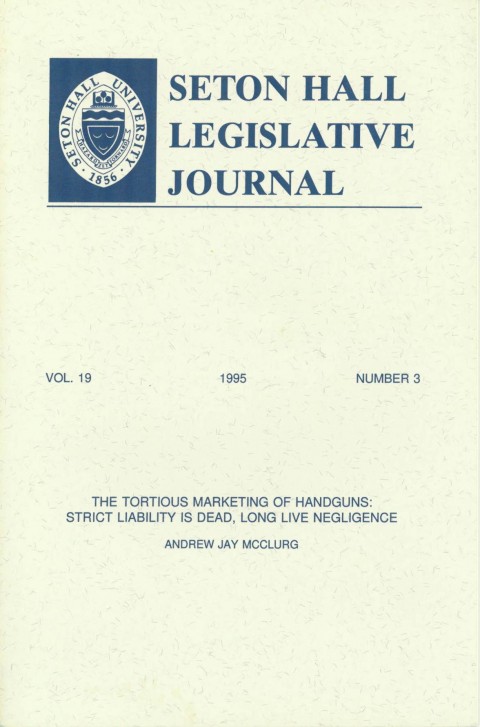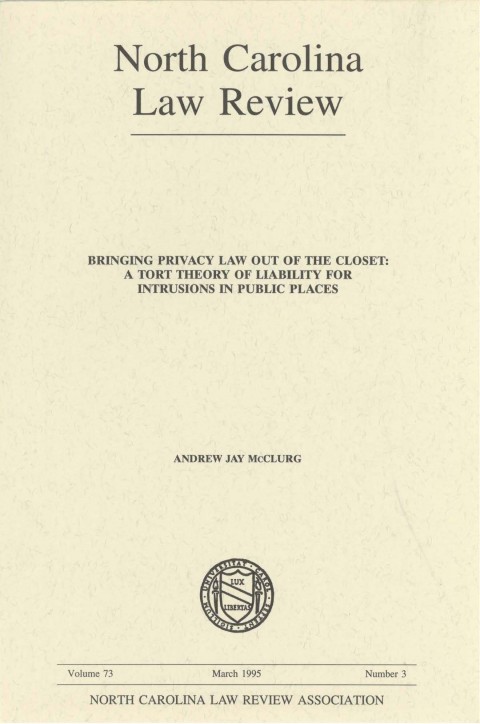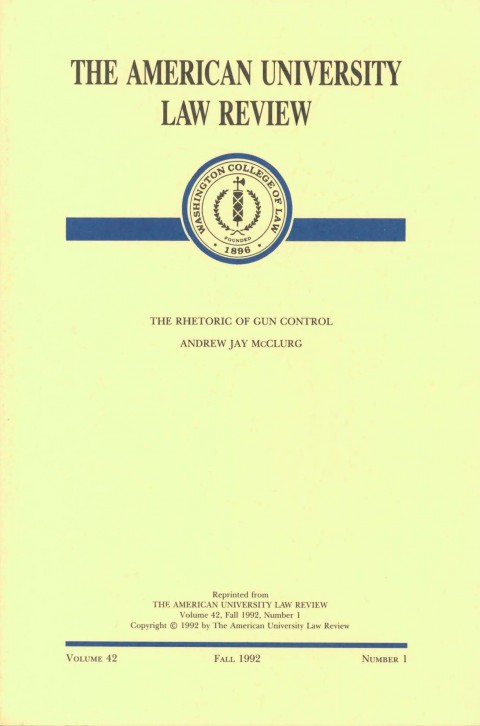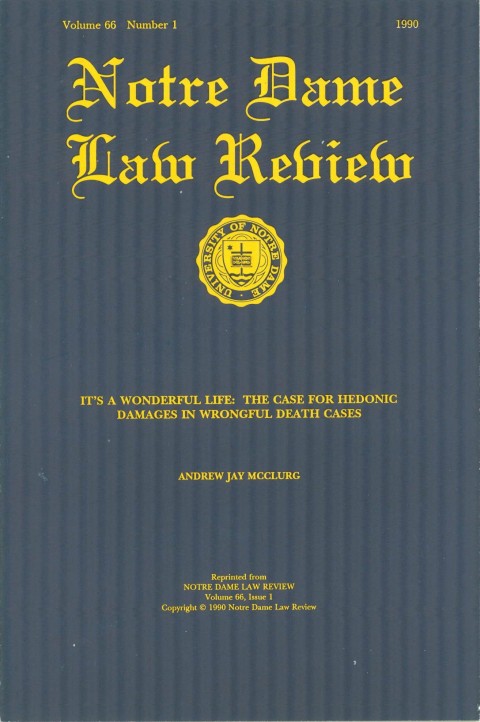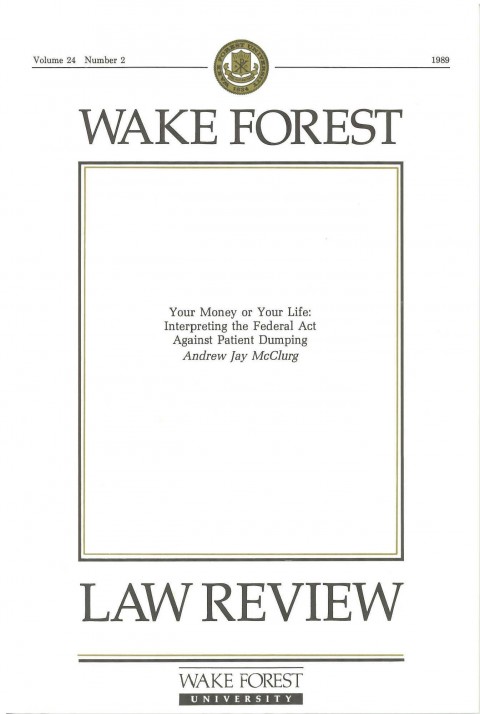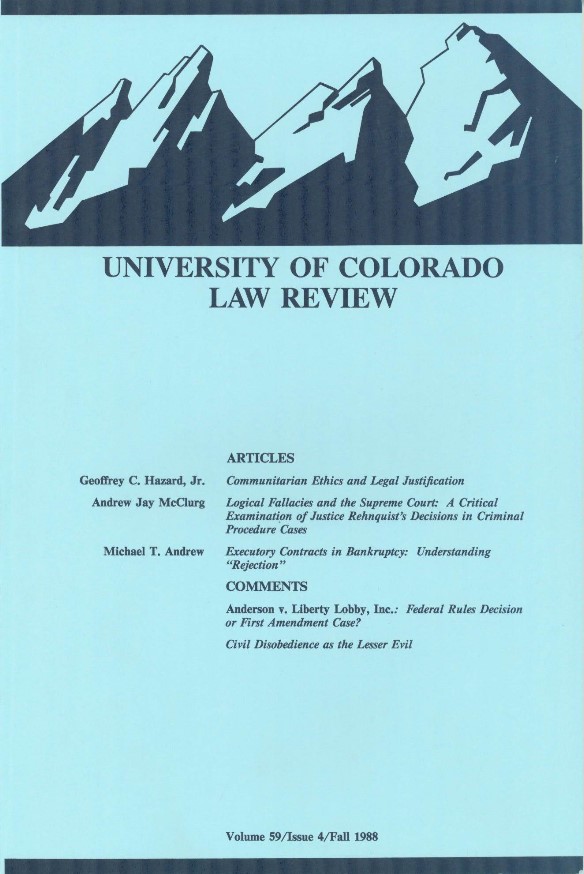August 11th, 2012 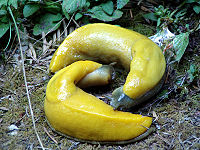 Banana Slugs – Mascot for U.C.-Santa Cruz [Judge Terence T. Evans, U.S. Court of Appeals for the Seventh Circuit, passed away in 2011. Here’s a nice tribute to him on the Marquette law school (where he attended law school) faculty blog.]
In an opinion involving controversy over “Chief Illiniwek,” mascot of the University of Illinois since 1926, Judge Terence Evans of the U.S. Court of Appeals for the Seventh Circuit once again showed his dominance as the nation’s premiere judicial sports buff.
A group of students and faculty who believed the mascot degraded Native Americans brought suit against the university chancellor, seeking a declaratory judgment that the chancellor’s order banning all speech directed toward prospective student athletes without prior permission violated their First Amendment rights. The students and faculty wanted to contact prospective student athletes regarding the controversy.
The court found the policy violated the plaintiffs’ rights, but before getting to the merits, Judge Evans took a substantial detour into sports mascot trivia:
In the Seventh Circuit, some large schools–Wisconsin (Badgers), Purdue (Boilermakers), Indiana (Hoosiers), Notre Dame (The Fighting Irish), DePaul (the Blue Demons), the University of Evansville (Purple Aces), and Southern Illinois (Salukis)–have nicknames that would make any list of ones that are pretty cool. And small schools in this circuit are no slouches in the cool nickname department. One would have a hard time beating the Hustlin’ Quakers of Earlham College (Richmond, Indiana), the Little Giants of Wabash College (Crawfordsville, Indiana), the Mastodons of Indiana University-Purdue University-Fort Wayne (Fort Wayne, Indiana), and the Scarlet Hawks of the Illinois Institute of Technology.
But most schools have mundane nicknames. How can one feel unique when your school’s nickname is Tigers (43 different colleges or universities), Bulldogs (40 schools), Wildcats (33), Lions (32), Pioneers (31), Panthers or Cougars (30 each), Crusaders (28), or Knights (25)? Or how about Eagles (56 schools)? The mascots for these schools, who we assume do their best to fire up the home crowd, are pretty generic–and pretty boring.
“Some schools adorn their nicknames with adjectives–like “Golden,” for instance. Thus, we see Golden Bears, Golden Bobcats, Golden Buffaloes, Golden Bulls, Golden Eagles (15 of them alone!), Golden Flashes, Golden Flyers, Golden Gophers, Golden Griffins, Golden Grizzlies, Golden Gusties, Golden Hurricanes, Golden Knights, Golden Lions, Golden Panthers, Golden Rams, Golden Seals, Golden Suns, Golden Tigers, and Golden Tornados cheering on their teams.
All this makes it quite obvious that, when considering college nicknames, one must kiss a lot of frogs to get a prince. But there are a few princes. For major universities, one would be hard pressed to beat gems like The Crimson Tide (Alabama), Razorbacks (Arkansas), Billikens [Fn.2]
[Fn.2] What in the world is a “Billiken”?
(St.Louis), Horned Frogs (TCU), and Tarheels (North Carolina). But as we see it, some small schools take the cake when it comes to nickname ingenuity. Can anyone top the Anteaters of the University of California-Irvine; the Hardrockers of the South Dakota School of Mines and Technology in Rapid City; the Humpback Whales of the University of Alaska-Southeast; the Judges (we are particularly partial to this one) of Brandeis University; the Poets of Whittier College; the Stormy Petrels of Oglethorpe University in Atlanta; the Zips of the University of Akron; or the Vixens (will this nickname be changed if the school goes coed?) of Sweet Briar College in Virginia? As wonderful as all these are, however, we give the best college nickname nod to the University of California-Santa Cruz. Imagine the fear in the hearts of opponents who travel there to face the imaginatively named “Banana Slugs”?
From this brief overview of school nicknames, we can see that they cover a lot of territory, from the very clever to the rather unimaginative. But one thing is fairly clear–although most are not at all controversial, some are. Even the Banana Slug was born out of controversy. For many years, a banana slug (ariolomax dolichophalus to the work of science) was only the unofficial mascot at UC-Santa Cruz. In 1981, the chancellor named the “Sea Lion” as the school’s official mascot. But some students would have none of that. Arguing that the slug represented some of the strongest elements of the campus, like flexibility and nonagressiveness, the students pushed for and funded a referendum which resulted in a landslide win for the Banana Slug over the Sea Lion. And so it became the official mascot.
Not all mascot controversies are “fought” out as simply as was the dispute over the Banana Slug. Which brings us to the University of Illinois where its nickname is the “Fighting Illini,” a reference to a loose confederation of Algonquin Indian Tribes that inhabited the upper Mississippi Valley area when French explorers first journeyed there from Canada in the early seventeenth century. The university’s mascot, to mirror its nickname–or to some its symbol–is “Chief Illiniwek.” Chief Illiniwek is controversial. And the controversy remains unresolved today. …”
Even if you’re not a sports fan, you have to appreciate a federal appellate judge who uses phrases like “pretty cool” and “pretty boring” in his opinions. I wonder if he talked like that during oral arguments. “Counselor, that was a pretty cool motion you filed the other day, but it was pretty boring.”
R.I.P. Judge Evans. You are missed.
— Crue v. Aiken, 370 F.3d 668, 671–72 & n.2 (7th Cir. 2004). Thanks to Professor Howard Wasserman, a decent sports trivia buff in his own right.
November 24th, 2011 Baseball fans may enjoy this opinion from Ohio Court of Appeal Judge Mark Painter. In a taxpayer suit against the Cincinnati Reds and the City of Cincinnati alleging failure of the city to collect stadium rent from the Reds, Judge Painter managed to lighten up the complex legal analysis by sprinkling baseball phrases throughout the 20-page opinion.
Judge Painter offers this succinct play-by-play in the opening paragraph:
In keeping with the less than stellar history of stadium construction in Cincinnati is this lawsuit involving the Cincinnati Reds, Cincinnati, and Hamilton County. It has twisted and turned, parties have been thrown out and substituted, and none of the parties can agree on the rules of the game. The Reds, Cincinnati, Hamilton County, the taxpayer-plaintiff, and the trial court have become enmeshed in a series of procedural and legal double plays and errors. It is difficult to determine who, if anyone, is on first.
We resolve the case by calling the plaintiff out.
— City of Cincinnati ex rel. Ritter v. Cincinnati Reds, 782 N.E.2d 1225, 1229–30 (Ohio Ct. App. 2003).
November 7th, 2011
 Judge Terence T. Evans - Lawhaha.com Hall of Fame Judge Judge Terence T. Evans, U.S. Court of Appeals for the Seventh Circuit, passed away on August 11, 2011. Here’s a nice tribute to him on the Marquette law school (where he attended law school) faculty blog.
All accounts of Judge Evans and his life mention his keen sense of humor, which certainly shined through in several his judicial opinions. He’s elected to Lawhaha.com’s Strange Judicial Opinions Hall of Fame for the way he pragmatically and cleverly wove humor, especially sports and pop culture, into his opinions, never resorting to sarcasm or belittling as means for amusement. Lawhaha.com’s entries of Evans’ opinions were written long before his death:
If ESPN ever needs a replacement for Chris Berman, here is the perfect candidate: Judge Terence T. Evans of the U.S. Court of Appeals for the Seventh Circuit.
This is a guy with such a deep love for sports that he began his opinion in Hunt’s Generator Committee v. Babcock & Wilcox Co. expressing the wistful sentiment that he would rather be getting ready to watch the World Series than writing an opinion about successor liability for a landfill cleanup. He asked forgiveness if his mind wandered a bit in the opinion.
And wander it did. Reciting the dates of the landfill’s operation sparked fond baseball memories for Judge Evans.
So what that the landfill began operating in September 1959. That date has much more important baseball significance, as Judge Evans explained in this footnote:
FN1. September of 1959 was an exciting time. The San Francisco Giants–who blew off Manhattan’s Polo Grounds after the 1957 season–were leading the Dodgers and the Braves (Milwaukee, not Atlanta) by two games with eight to go in the race for the National League Pennant. But the Giants were playing in old Seals Stadium (a minor league park), a place not suited for World Series play. If they made it to the Series, they thought, they might want to play in the yet unfinished Candlestick Park. They were in a pickle–which way would they go? Fortunately, their old friends, the Dodgers (who, like the Giants, had broken hearts the year before by running away from Ebbets Field) came to the rescue. The Dodgers beat the Giants three straight times over the weekend of September 19-20, sending the Giants reeling into third place. There would be no need to choose between Candlestick Park and Seals Stadium. …
Another party operated the landfill until September 1970, but again, Judge Evans was distracted by the date’s importance to the national pastime:
FN2. In September of 1970, the Milwaukee Brewers were drawing the curtain on their maiden campaign in Milwaukee. Despite the fact that they finished 65-97, 33 games out of the race, baseball was back in town and Milwaukee fans were loving it.
Other important dates included April 8, 1975, the day asset acquisition on the landfill was closed, but more significantly:
FN4. April 8, 1975, was the one-year anniversary of Henry Aaron’s historical 715th dinger which broke Babe Ruth’s lifetime record of 714.
In Olinger v. U.S. Golf Ass’n, Judge Evans demonstrated that his sports knowledge is not limited to baseball. Olinger was a suit by a disabled professional golfer seeking to be allowed to use a golf cart in the U.S. Open, in conflict with the rule that all participants must walk (the U.S. Supreme Court later decided in golfer Casey Martin’s case that the rule must give way under the ADA).
Judge Evans’ defense of the tradition that players must walk is not only impassioned, but provides enough golf factoids to fill a Trivial Pursuit game dedicated solely to golf (fitting, since the activity is one of the quintessential trivial pursuits). For example, did you know that the official “Rules of Golf” provide a two-stroke penalty for asking an opponent how far away he thinks the green is?
— Hunt’s Generator Comm. v. Babcock & Wilcox Co., 863 F. Supp. 879, 881–82 nn. 1, 2, 4 (E.D. Wis. 1994); Olinger v. U.S. Golf Ass’n, 205 F.3d 1001, 1003 (7th Cir. 2000). Thanks to Cynthia Cohan.
November 1st, 2011 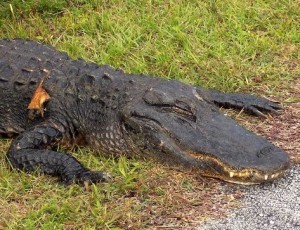 As a University of Florida alumnus and Florida Gator fan, I couldn’t help but be tickled by Wright v. State of Georgia Dep’t of Natural Resources, from the Georgia Court of Appeals. As a University of Florida alumnus and Florida Gator fan, I couldn’t help but be tickled by Wright v. State of Georgia Dep’t of Natural Resources, from the Georgia Court of Appeals.
Few college football rivalries are as intense or long-running as that between the Florida Gators and the Georgia Bulldogs. Held in Jacksonville, FL and billed as “The World’s Largest Cocktail Party,” the Florida-Georgia game is a sacred rite of autumn in the two states. The Bulldogs ruled the series for what seemed like an eternity, inflicting untold suffering on the Gator Nation courtesy of players like Herschel Walker and Lindsay Scott. Then Coach Spurrier and Company came to the rescue, winning 10 of 11 games from 1990-2001.
Which brings us to Wright, a lawsuit in which the plaintiff claimed that certain actions by the Georgia Department of Natural Resources constituted a government “taking” of some alligators that were born and raised on plaintiff’s Georgia farm.
Judge Smith, obviously a jurist with keen political sensibilities, included this footnote:
1. Several times in this opinion, we refer to “Georgia alligators.” We do so reluctantly and soley for the sake of convenience and brevity. We recognize that for literally millions of Georgians and Floridians, the term “Georgia Gators,” or any approximation thereof, is an inherently offensive oxymoron. We apologize for any pain or distress caused by this unfamiliar and unfortunate juxtaposition.
We’ll let it slide this time, Your Honor, but if you ever happen to take up a dog-bite case involving a pug-faced nonresident defendant to the south, please don’t start talking about “Florida Bulldogs.” It would be more than we could stand.
— Wright v. Georgia Dep’t of Natural Res., 562 S.E.2d 515, 517 (Ga. Ct. App. 2002). Thanks to Jessie Cranford.
|
Funny Law School Stories
For all its terror and tedium, law school can be a hilarious place. Everyone has a funny law school story. What’s your story?
|
Product Warning Labels
A variety of warning labels, some good, some silly and some just really odd. If you come encounter a funny or interesting product warning label, please send it along.
|
Tortland

Tortland collects interesting tort cases, warning labels, and photos of potential torts. Raise risk awareness. Play "Spot the Tort." |
Weird Patents
Think it’s really hard to get a patent? Think again.
|
Legal Oddities
From the simply curious to the downright bizarre, a collection of amusing law-related artifacts.
|
Spot the Tort
Have fun and make the world a safer place. Send in pictures of dangerous conditions you stumble upon (figuratively only, we hope) out there in Tortland.
|
Legal Education
Collecting any and all amusing tidbits related to legal education.
|
Harmless Error
McClurg's twisted legal humor column ran for more than four years
in the American Bar Association Journal.
|
|
|





